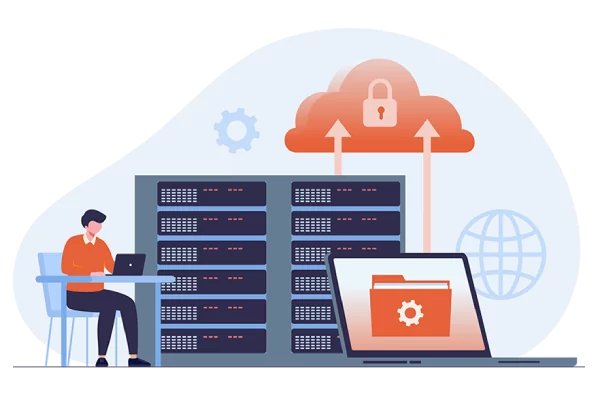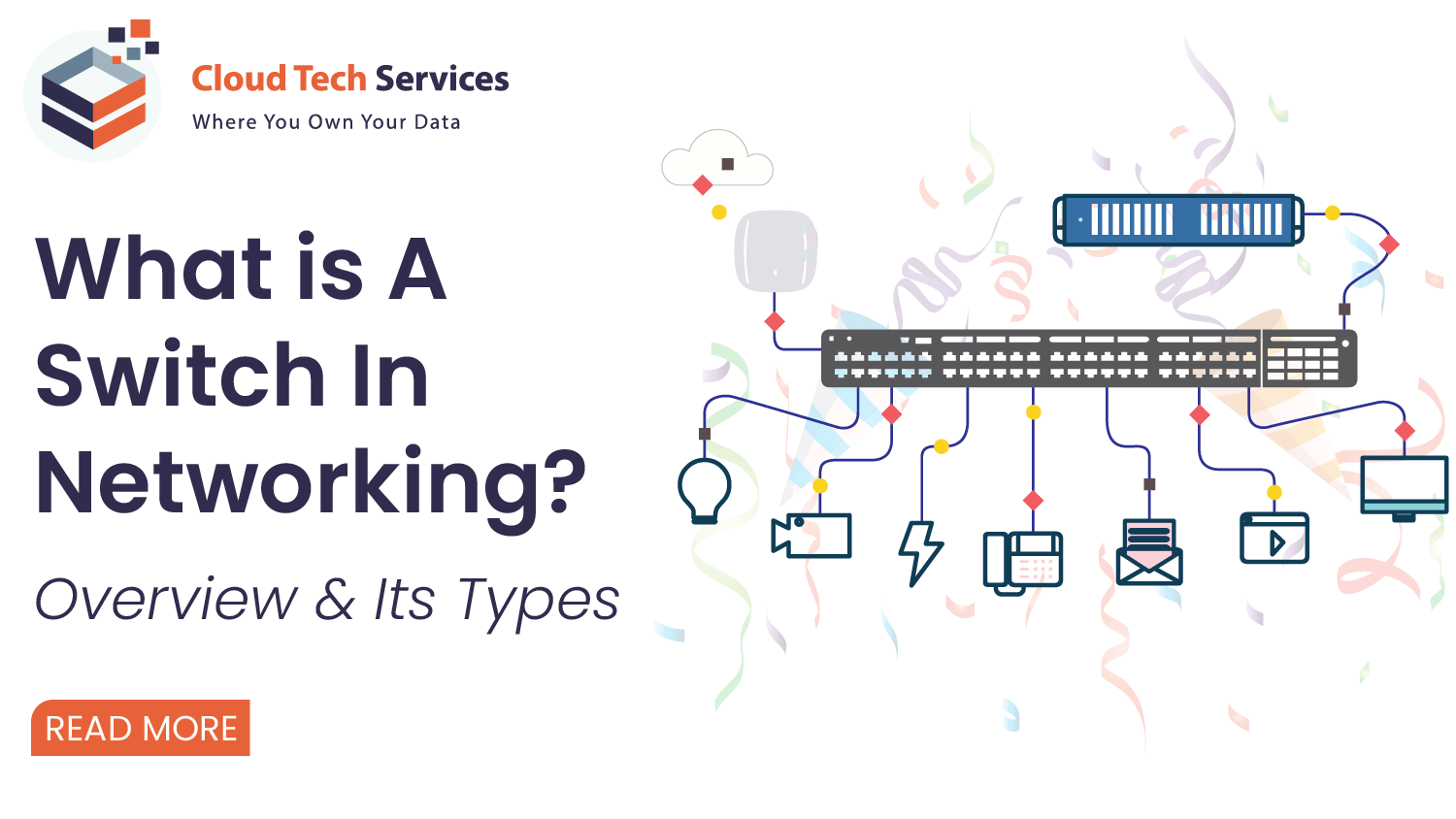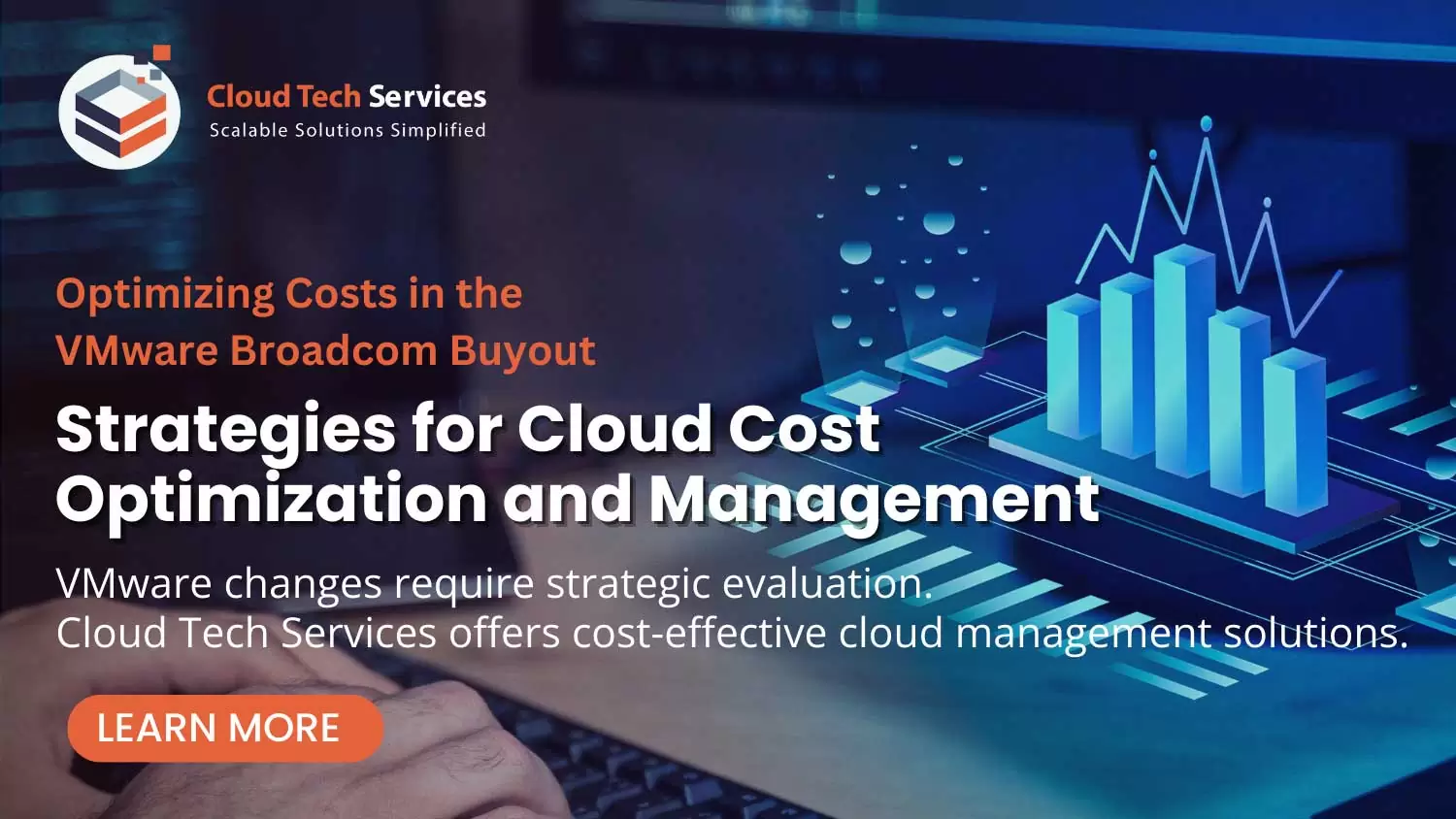Unified Communications Management
Integrate and manage various communication channels for streamlined collaboration.

- Monitoring | Analysis | Triage | Assessments | Remediation | Advisory | Reporting
Why Choose Us?
The Vital Role of Unified Communications Management
Unified Communications Management plays a vital role in modern organizations by integrating various communication channels into a unified platform, streamlining interactions and enhancing productivity. With seamless integration of voice, video, messaging, and collaboration tools, employees can communicate and collaborate effortlessly, regardless of their location. This centralized approach simplifies management, reducing administrative overheads and IT complexities.
Benefits include improved team collaboration, enhanced customer service, and faster decision-making. Unified Communications Management fosters flexibility, enabling employees to use preferred devices while maintaining consistent communication. Moreover, it empowers real-time data sharing and presence awareness, leading to quicker responses and increased efficiency. Overall, this transformative solution optimizes communications, boosts operational efficiency, and drives business success.
Seamless Collaboration, Centralized Control: Unified Communications Management
Unified Communications Management
- UC Infrastructure Assessment: Assessing the organization’s current UC infrastructure, including hardware, software, and connectivity.
- Incident Triage: Initial assessment and classification of UC-related incidents, followed by appropriate escalation or resolution.
- UC Configuration and Administration: Configuring and managing UC platforms, including IP telephony systems, messaging, presence, and collaboration tools.
- User Management: Creating and managing user accounts, profiles, and permissions within the UC environment.
- UC Security and Compliance: Implementing security measures, such as encryption, access controls, and compliance with regulatory requirements.
- UC Troubleshooting and Issue Resolution: Diagnosing and resolving UC-related issues, such as call quality problems, connectivity issues, and service disruptions.
- Integration and Interoperability: Integrating UC platforms with other systems, such as email, CRM, or calendar applications, and ensuring interoperability.
- UC Capacity Planning: Assessing UC capacity requirements, analyzing usage patterns, and scaling resources to meet growing communication demands.
- UC Performance Optimization: Optimizing UC performance, including configuring QoS (Quality of Service) settings, load balancing, and managing call routing.
- UC Vendor Management: Coordinating with UC vendors, managing service contracts, and engaging in vendor support and escalation processes.
- UC End User Training and Support: Training and support end users on UC features, functionality, and best practices.
- UC Monitoring and Reporting: Continuously monitoring UC performance, analyzing trends, and providing regular reports and insights on system health, usage, and performance.
- UC Disaster Recovery Planning: Developing and maintaining UC disaster recovery plans, including backup strategies and failover procedures.
- UC Technology Evaluation and Roadmap: Assessing emerging UC technologies, recommending upgrades or enhancements to meet evolving communication needs.
Why Choose Us?
Tailored IT Solutions for Your Success

Exceptional Expertise
With over four decades of extensive experience, our team of IT professionals continually strives to deliver the most suitable solution for your diverse IT needs.

Business Efficiency
Our expertise in a wide range of IT solutions empowers businesses by extending their in-house IT capabilities to simplify business operations and improve efficiency.

Flexible Engagement Models
Every organization has unique requirements. Our flexible engagement models and scalable solutions empower you to adapt and scale your IT capabilities.

Industry Best Practices
We stay at the forefront of technological advancements and methodologies to deliver innovative, future-ready IT Solutions and managed services.
Get To Know
Our Process
Step 1
Evaluate
Identify your IT needs, compare managed IT service providers, and select the best fit for your business.
Step 2
Transition
The process of moving from an in-house IT infrastructure to a managed IT service provider.
Step 3
Deployment
The process of deploying managed IT services to your business, including planning, configuration, testing, and deployment.














